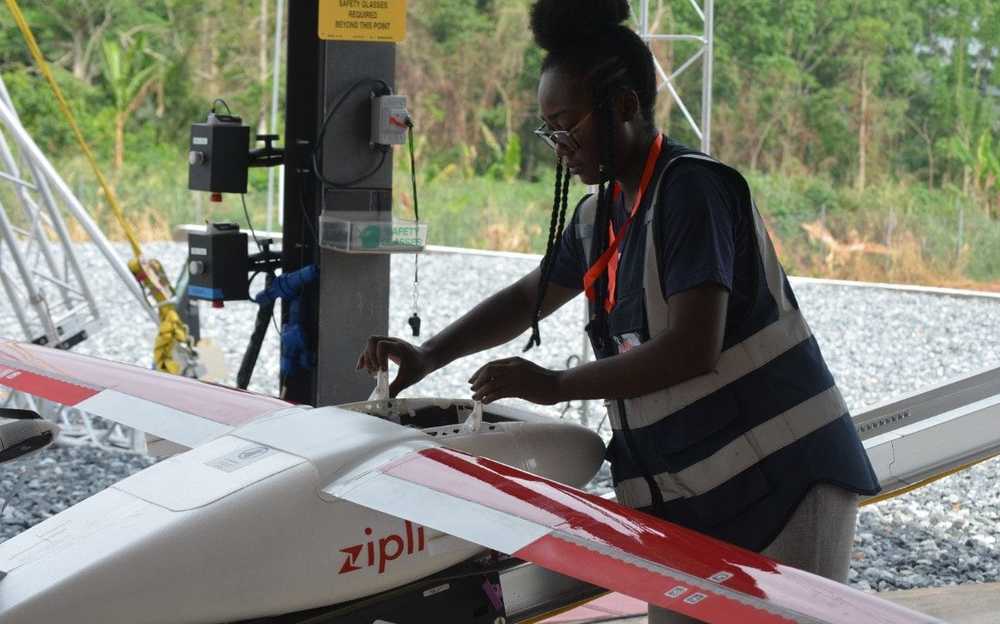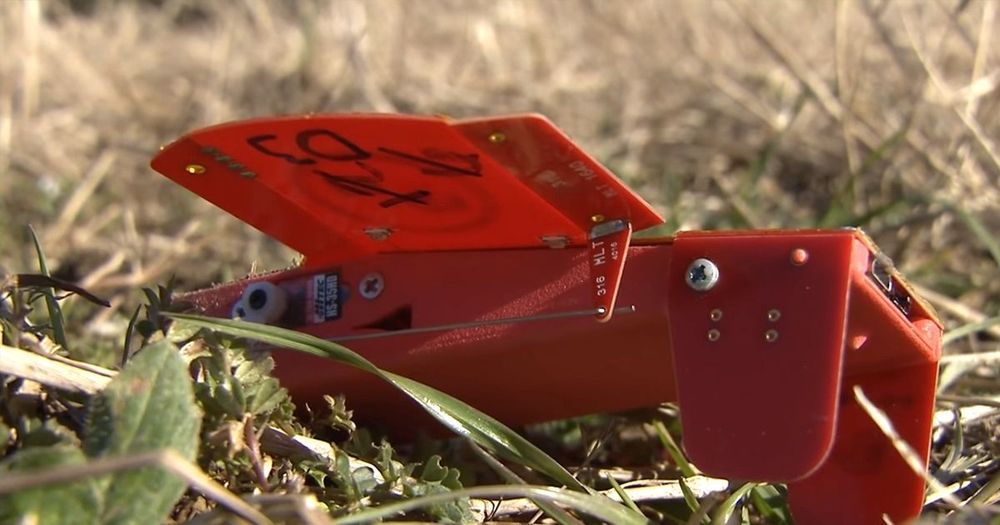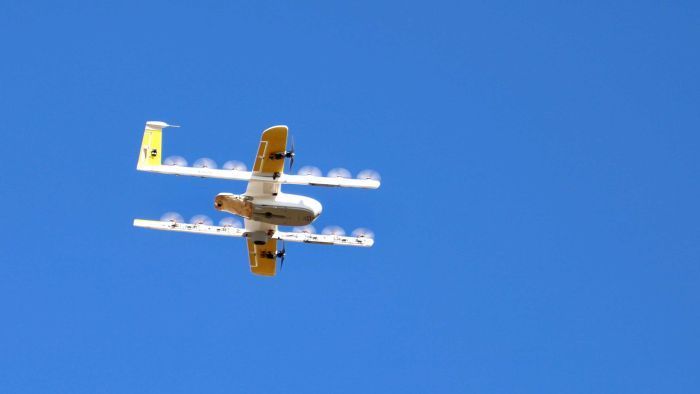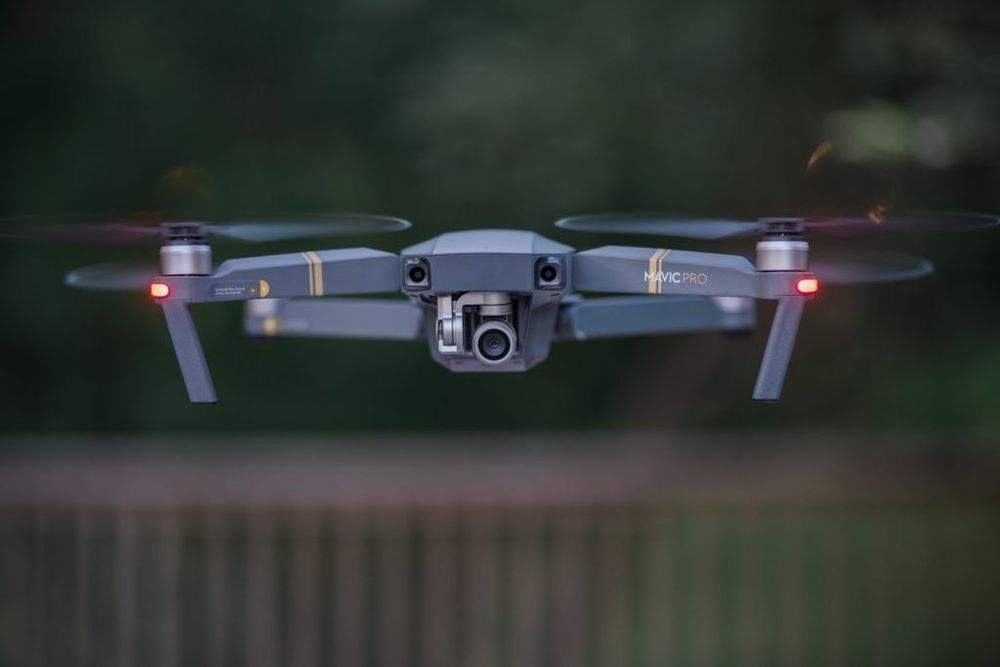Apr 26, 2019
World’s largest medical drone delivery network takes flight in Ghana
Posted by James Christian Smith in categories: biotech/medical, drones
The largest drone delivery network in the world has been launched in Ghana, which experts say will save lives and transform the developing nation’s healthcare sector.
The drone network is set to deliver blood, essential medicines and vaccinations across the middle-income, West African country.
Speaking about the official launch of the service on April 24, Ghana’s President Nana Addo Dankwa Akufo-Addo said it was part of a drive to ensure universal access to lifesaving medicine in Ghana.
Continue reading “World’s largest medical drone delivery network takes flight in Ghana” »

















